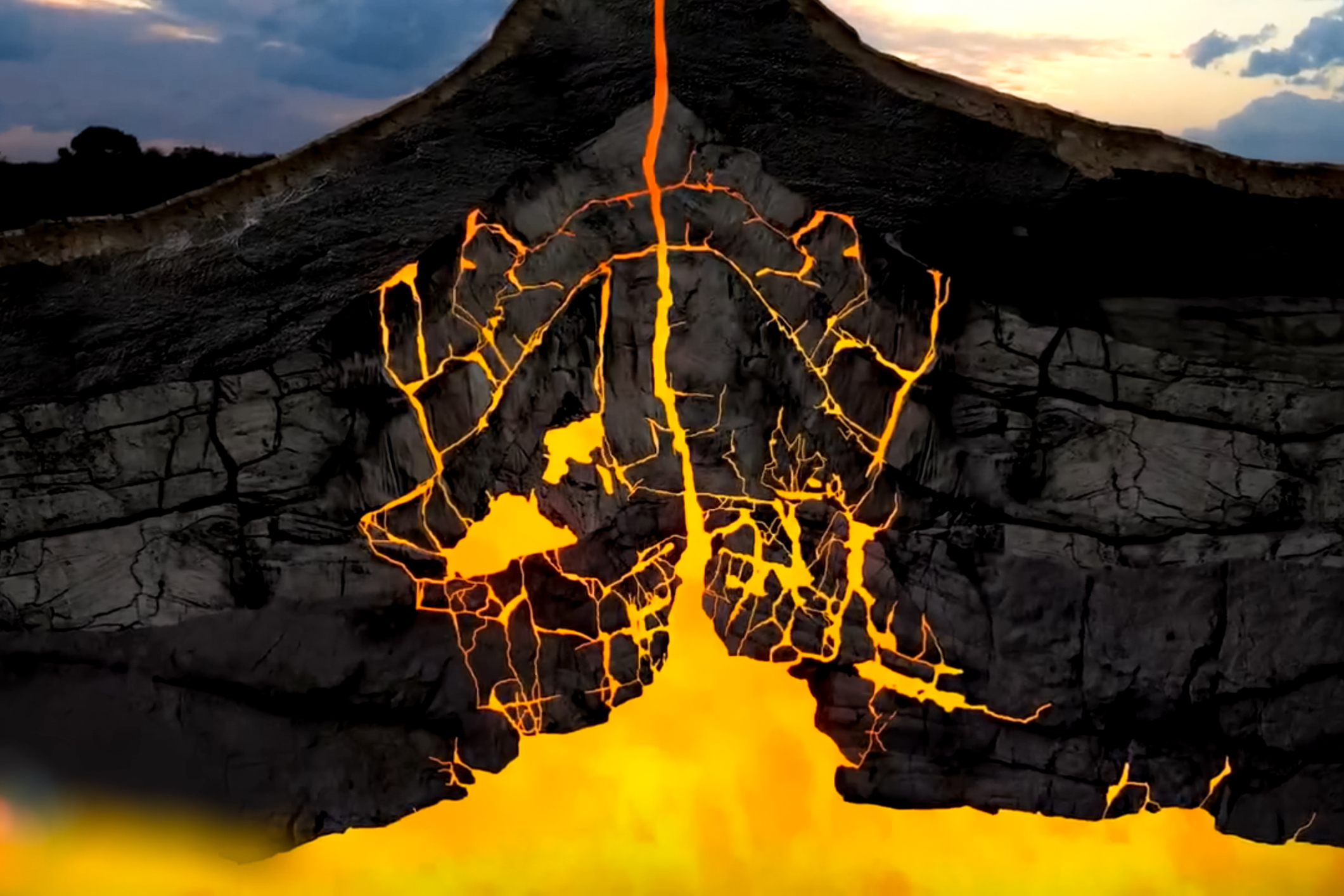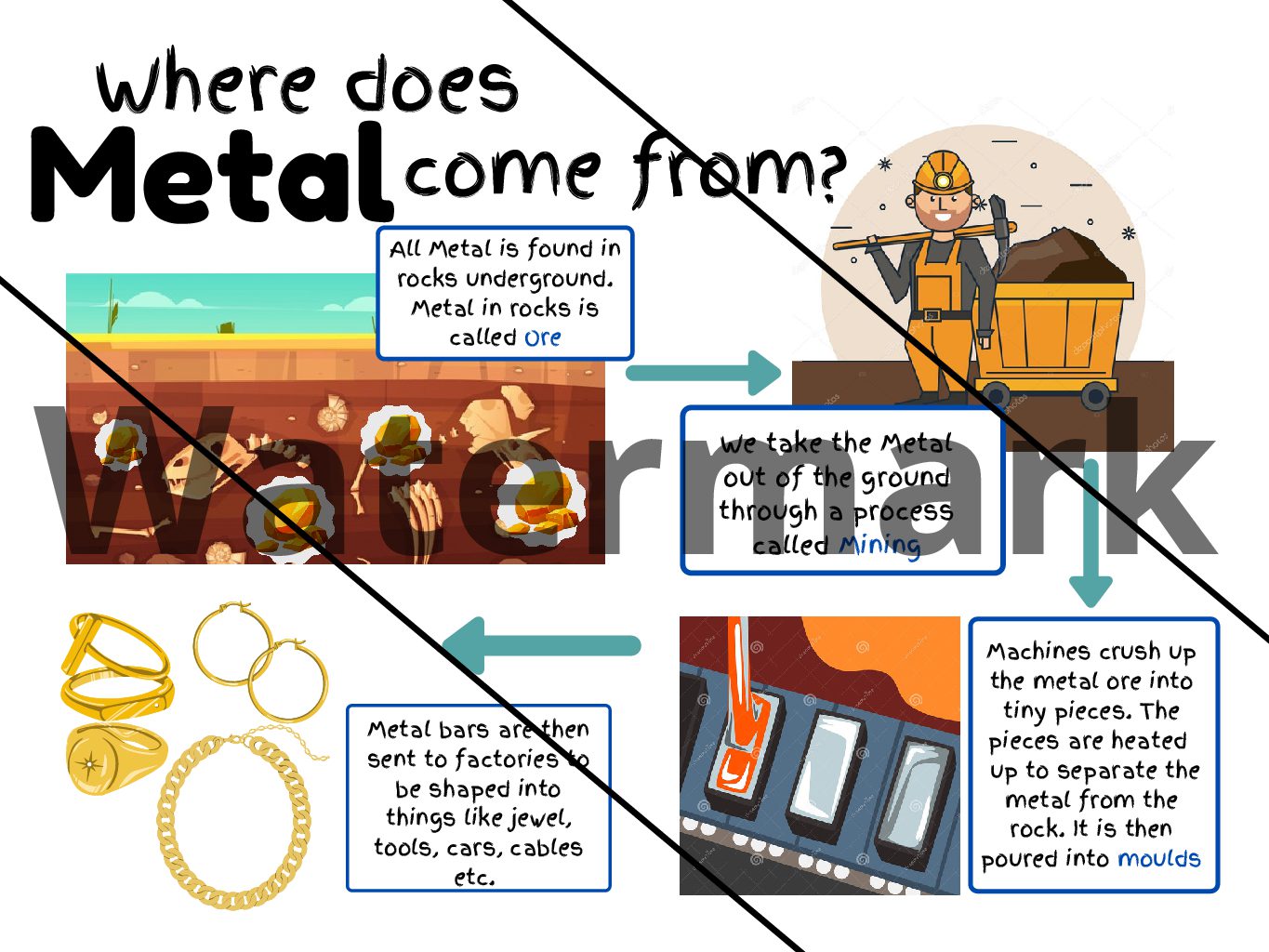
Metal is a crucial component of our modern world, used in everything from buildings and transportation to electronics and medical equipment. But have you ever wondered where this valuable resource comes from? In this article, we'll explore the origins of metal and the processes involved in extracting it from the earth.
What is Metal?

Metal is a chemical element that is typically solid, shiny, ductile, and malleable. It is a good conductor of heat and electricity and can be found in a wide range of applications. Some common metals include copper, aluminum, iron, gold, and silver. These metals are essential to our daily lives and are used in a variety of ways.
The Origin of Metal

The origin of metal can be traced back to the formation of the earth. Many of the metals we use today were created during the earth's formation, while others were formed through geological processes such as volcanic activity and hydrothermal vents. Over time, these metals were concentrated in certain areas of the earth's crust, making them easier to extract.
Types of Metal Deposits

There are several types of metal deposits that can be found in the earth's crust. Some of the most common types include magmatic deposits, hydrothermal deposits, and sedimentary deposits. Magmatic deposits are formed from the cooling and crystallization of magma, while hydrothermal deposits are formed from hot, mineral-rich fluids that circulate through the earth's crust. Sedimentary deposits, on the other hand, are formed from the accumulation of minerals in sedimentary rocks.
The Process of Extracting Metal

The process of extracting metal from the earth can be complex and time-consuming. There are several steps involved in the process, including exploration, mining, processing, and refining. Exploration involves identifying potential metal deposits, while mining involves extracting the metal from the earth. Processing involves separating the metal from other minerals and refining involves purifying the metal to remove any impurities.
Environmental Impact of Metal Extraction

The process of extracting metal from the earth can have a significant environmental impact. Mining can lead to soil erosion, water pollution, and habitat destruction. Processing and refining can also produce hazardous waste and emissions, which can contribute to air and water pollution.
The Benefits of Metal Recycling

One way to reduce the environmental impact of metal extraction is through recycling. Metal recycling involves melting down used metal products and reusing the material to create new products. This process requires less energy and produces fewer emissions than extracting metal from the earth. Recycling also helps to conserve natural resources and reduce waste.
Common Uses of Metal

Metal is used in a wide range of applications, from construction and transportation to electronics and medical equipment. Some common uses of metal include building structures, electrical wiring, automotive parts, jewelry, and coins. Metal is also used in scientific research and industrial processes.
Conclusion
From its origins in the earth's crust to its many uses in our daily lives, metal is an important resource that has shaped our world in countless ways. While the process of extracting metal can have a significant environmental impact, recycling and conservation efforts can help to mitigate these effects. By understanding where metal comes from and how it is used, we can work towards a more sustainable future.